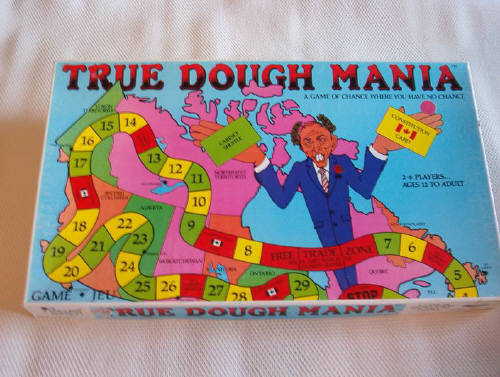Capturing commodity prices
Yesterday Pierre Duguay, Deputy Governor of the Bank of Canada (BoC), gave a speech to the Canadian Association for Business Economics in Kingston.
He offered a (too short) introduction to the new model that the BoC uses (named ToTEM) to study how changes in terms of trade and the subsequent economic adjustment affect the economy. Duguay explains that the uniqueness of ToTEM is that it incorporates a separate commodity sector. He promises the BoC will issue a paper on the subject this fall. Until then, here is what he had to offer on the subject:
In contrast to the Bank's previous model, which treated economic activity as a single aggregate, ToTEM—which stands for Terms of Trade Economic Model—makes explicit the distinction between raw materials or commodities, and manufactured goods. This distinction is crucial for two reasons. First, commodity production represents a sizable proportion, some 11 per cent, of Canadian GDP, and commodity exports account for nearly 45 per cent of the dollar value of our total exports. Second, the commodity sector and the manufacturing sector are characterized by different technologies and different competitive structures, which have important implications for the behaviour of inflation.For instance, the production of commodities is more capital-intensive and more price-inelastic than the production of other goods and services. Moreover, commodity prices are set in world markets, whereas manufactured goods are subject to product differentiation and to a greater degree of price-setting influence by firms.In ToTEM, the key driver of consumer prices is the marginal cost of producing consumer goods. Consumer goods are produced using four inputs: labour, capital, an imported intermediate good, and commodities. In this framework, the marginal cost can be expressed as a function of labour costs (including the costs of hiring and training), as well as the price of imported intermediate goods, the price of commodity inputs, the price of investment goods, and the rate of capacity utilization.ToTEM is a clear improvement over the previous model in its ability to capture the response of the Canadian economy and the Canadian dollar to changes in commodity prices. That's all I'll say about ToTEM for now. But this fall we'll be publishing an article in the Bank of Canada Review that will discuss this new model in some detail.


No comments:
Post a Comment